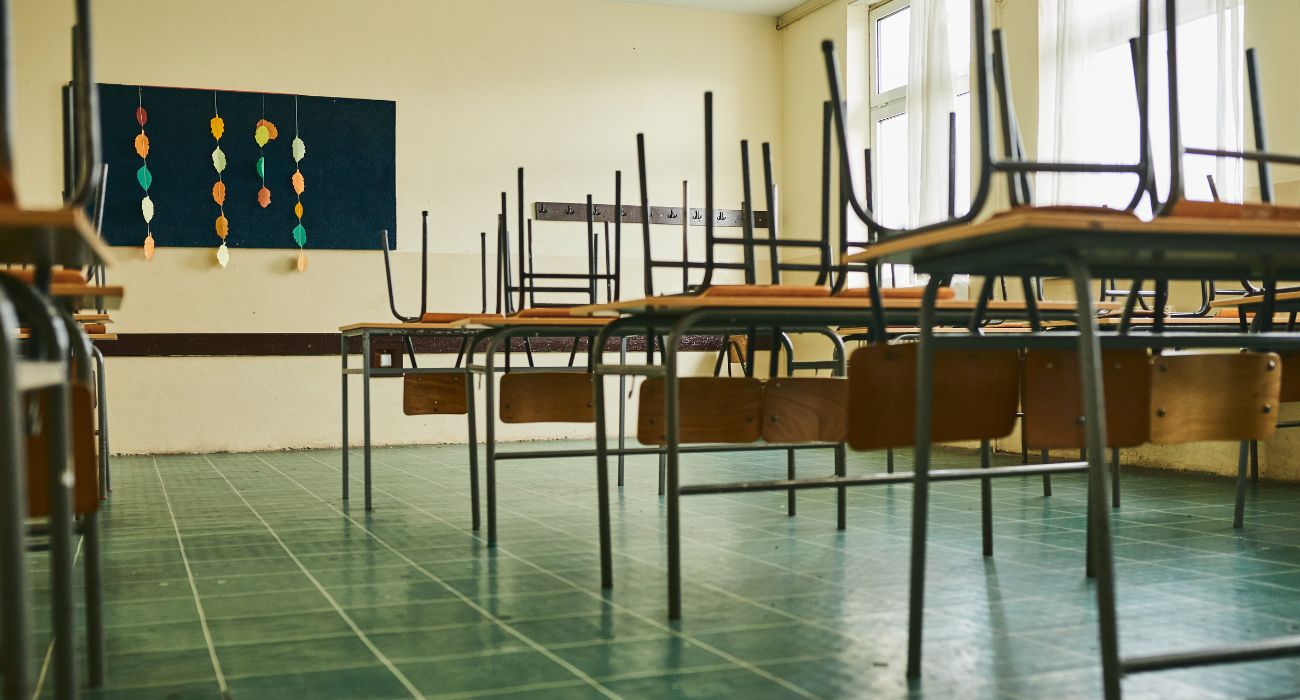The world seemed to almost stop in March 2020 when the COVID-19 pandemic prompted nationwide lockdowns and school closures that thrust students into remote learning situations en masse.
While the lockdowns happened quickly, the reopenings did not. Due to the decentralized structure of America’s public education system, the federal government could not order schools to return to in-person learning. With the decision left up to the discretion of each school district, the date when students returned to in-person classes varied greatly.
Since the lockdowns, some schools have adopted a more lenient attendance policy, starkly contrasting the pre-2020 education environment.
In October 2021, a North Carolina school district voted to close campuses for a “day of kindness, community, and connection,” essentially a mental health day that would not have to be made up at the end of the year.
The following month, two Virginia school districts sent students home early on select Wednesdays to combat teacher burnout, per NBC News.
In November 2021, sudden school closures for various reasons affected 858 districts and 8,692 campuses around the country, according to Burbio, an organization that tracks school district websites, per KERA News.
Legislators in parts of the country have passed laws allowing students to take mental health days, including states such as California, Maine, Washington, and Oregon.
More recently, schools announced they would let students stay home to watch the total solar eclipse on April 8 instead of using the opportunity for an in-class learning experience. Some school districts in North Texas closed their doors, including Waxahachie ISD and Greenville ISD.
Frisco ISD announced that while it would not cancel classes, student absences with a parent note would be excused.
It almost seems as if schools can now shut down at any time for any reason.
Alongside the chronic cancellation of classes, student absenteeism remains high across the United States in the aftermath of the pandemic lockdowns.
“Our relationship with school became optional,” said Katie Rosanbalm, a psychologist and associate research professor with the Center for Child and Family Policy at Duke University, according to The New York Times.
Quintin Shepherd, the superintendent of Victoria ISD in Texas, told NYT, “If kids are not here, they are not forming relationships.”
He went on to note that the lack of relationships on campus has led to discipline issues, academic struggles, and even violent behavior.
Students’ lack of attendance and schools’ habits of canceling classes present a dangerous combination. Some experts suggest that a cultural shift occurred in the wake of the pandemic lockdowns and school districts’ transitioning to online learning, as previously reported by The Dallas Express.
At Dallas ISD, only 41% of students scored at grade level on the 2021-2022 STAAR exams, according to the Texas Education Agency’s accountability report. Meanwhile, nearly 20% of its graduating Class of 2022 did not earn a diploma within four years.






